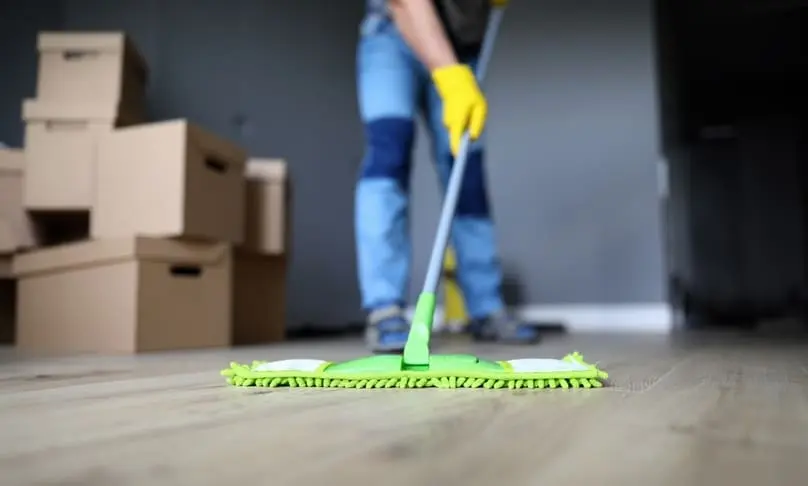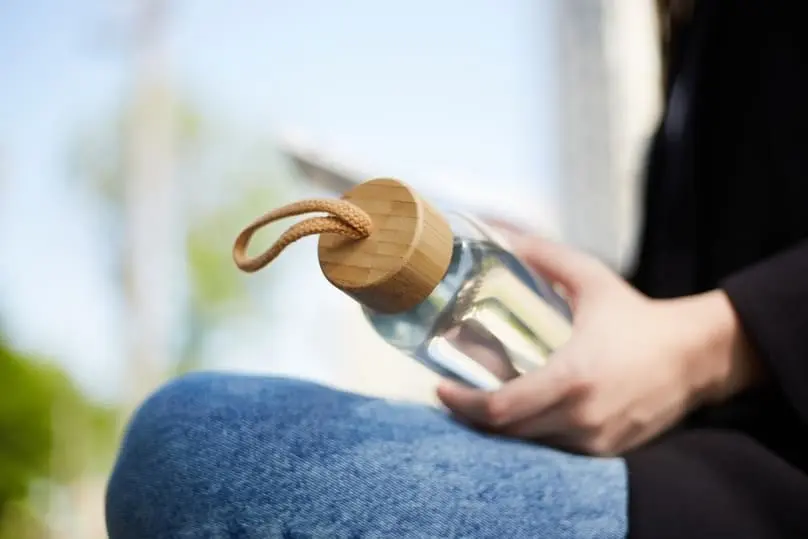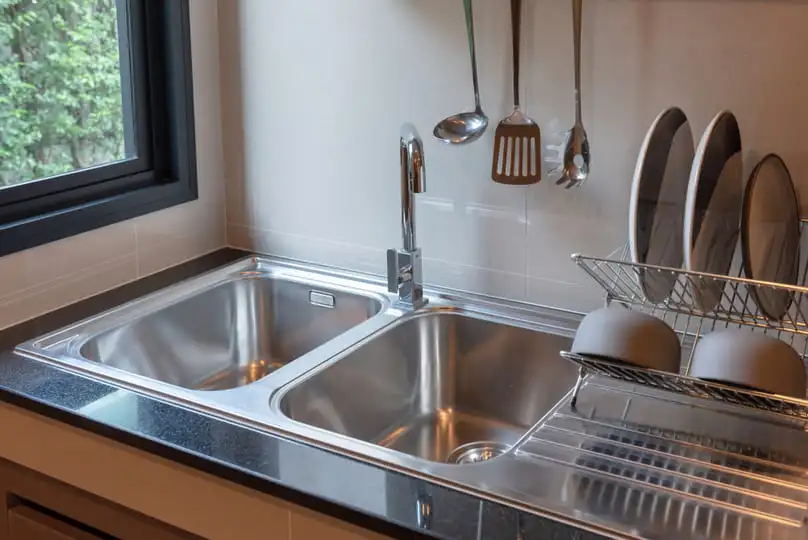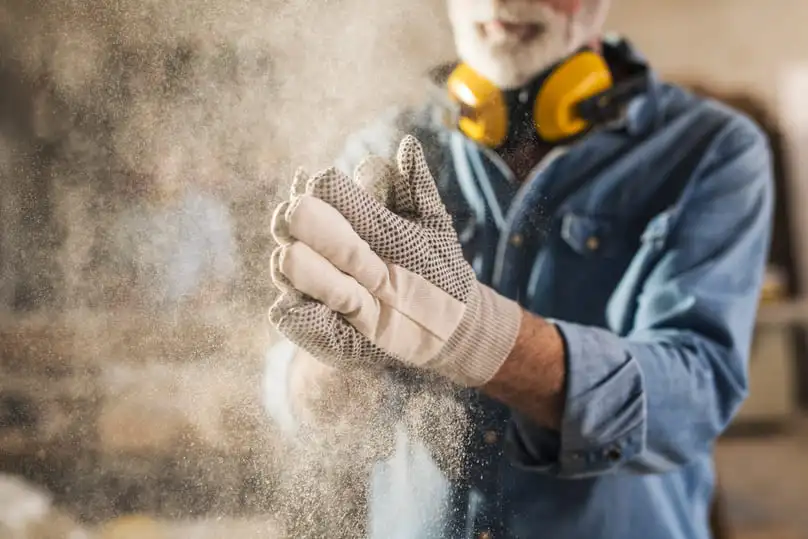Once the project is finished, most homeowners think they can immediately enjoy their new space. However, learning how to clean up construction dust is the critical next step before fully settling in.
Dust left behind after remodeling is more than unsightly—it can affect air quality and trigger allergies, sneezing, or respiratory discomfort. That’s why understanding how to clean construction dust properly is essential for both safety and comfort in your home.
After a renovation, dust particles quickly settle on surfaces, while others linger in the air, spreading throughout rooms. Yorleny’s Cleaning Services specializes in cleaning construction dust, offering effective solutions that protect your health and keep your remodeled home spotless.
Read on to learn about common types of dust, why they persist, and the best way to clean construction dust in Florida homes.
What Construction Dust Is—and Why It Lingers in Florida Homes
Construction dust is the residue left after building or renovating, made from materials like wood, stone, brick, and concrete. Each activity leaves behind tiny particles that spread easily. Knowing how to get rid of construction dust matters because many types remain airborne and can be inhaled.
Common dust types from renovations (drywall, silica, wood)
During remodels, dust comes from drywall powders, crystalline silica in concrete, and sawdust from woodworking. All are irritants, but silica poses the greatest health risks. Effective construction dust control requires understanding what kind of particles you’re dealing with and applying the right cleanup strategies.
Drywall Dust
Produced by cutting, sanding, or installing drywall, this fine powder contains gypsum, fibers, and silica. Drywall dust can irritate the eyes, throat, and lungs.
Safety Precautions:
- Wear goggles, gloves, and an N95 respirator for protection.
- Use wet sanding sponges or low-dust joint compounds.
- Wet-wipe instead of sweeping to reduce airborne dust.
Silica Dust
Silica dust is released when grinding or cutting materials like concrete, bricks, and engineered stone. It’s among the most dangerous particles during remodeling.
Safety Precautions:
- Suppress dust with water systems when cutting.
- Attach HEPA vacuums to power tools.
- Never dry sweep or use compressed air.
- Always wear a respirator to minimize exposure.
Wood Dust
Generated during sawing or sanding, wood dust varies by material but often contains cellulose and organic compounds. Prolonged exposure can trigger allergies, asthma, or even cancer.
Safety Precautions:
- Use tools with dust collectors or HEPA vacuums.
- Open windows and ventilate workspaces.
- Wear respirators and protective clothing.
- Wet-wipe surfaces instead of sweeping.
Prep First: Containment, PPE, and Vent Controls
N95 masks, sealing vents, and setting a work zone
Before learning how to clean up construction dust, start by preparing your home with proper containment methods, ventilation, and personal protective equipment.
Cover immovable furniture with drop cloths, seal HVAC vents to prevent spreading, and open windows for airflow. Wear goggles, gloves, and an N95 mask for safe cleanup. Use microfiber cloths and a HEPA vacuum to begin effective construction dust control before wiping surfaces.
Must-Have Tools for Construction Dust Cleanup
HEPA vacuum vs. regular vacuum
When deciding how to clean up construction dust efficiently, a HEPA vacuum is far superior to a standard household vacuum.
Essential supplies include microfiber cloths for delicate surfaces, scrub brushes for stubborn buildup, and cleaning solutions for walls, floors, and windows. Protective gear like gloves, masks, and safety glasses ensures safe cleaning construction dust during every stage of the process.
Follow This Order: Top-Down, Dry-Then-Damp
Once your home renovation is complete, it can be discouraging to see a layer of grit that seems to cover everything, from the furniture to the walls and ceilings. When the workers have left and you contemplate the state they’ve left your house in, you won’t know where to start.
But don’t worry! Just follow these steps below to learn how to clean up construction dust as efficiently as possible.
Step-by-step sequence for efficient cleanup
- Remove debris: Place masonry rubble and large waste in sealed containers or bags, then transport them to an authorized disposal site.
- Clean walls and ceilings: First, sweep lightly with a clean broom, then use damp mops to reduce dust layers and improve air quality.
- Review household items: Wipe furniture, décor, and appliances with water and mild soap to remove fine particles from surfaces.
- Vacuum the floors: Floors collect the most particles, making this the most important step when learning how to clean up construction dust
- Remove paint stains: Apply acetone or specialized solvents and scrape gently, or use a pressure washer on durable outdoor surfaces.
- Remove cement clumps: Use descaling chemicals with a cloth and spatula to carefully eliminate hardened debris or adhesives.
- Double down on household cleaning: For the first month after remodeling, dust more frequently until surfaces remain consistently clean and fresh.
Family Safety: Kids, Pets, and Allergy Considerations
Can Dust Be Dangerous?
Common household dust consists of microscopic particles such as dirt, skin cells, pet dander, and pollen. For most people, these particles are not highly dangerous unless they suffer from allergies.
However, post-renovation dust can be far more harmful. Asbestos, wood, and silica particles are especially hazardous, which is why knowing how to clean up construction dust is critical for protecting your family’s health.
There is always a risk when it comes to dust exposure. Learning how to clean up construction dust effectively ensures your space is safe before you move in.
If you move in while dust lingers, children and pets are particularly vulnerable. That’s why it’s essential to prioritize proper cleanup. Removing fine particles from the air and surfaces also reduces allergy risks. By following professional strategies for how to clean up construction dust, you can improve indoor air quality and prevent long-term respiratory issues.
DIY vs. Pro: When It’s Time to Call In Help
What a professional post-construction clean includes
Learning how to clean up construction dust on your own is helpful for small projects, but after a major renovation, dust can spread to every corner of your home—including vents, baseboards, and hidden surfaces.
A professional cleaning service goes beyond surface-level dusting, using specialized tools and methods to remove fine particles that DIY efforts often miss. This ensures a safer, healthier, and truly clean home environment.
Ready for a Dust-Free Home? Get Your Post-Construction Cleaning Quote Today
Don’t let construction dust linger in your Florida home. Yorleny’s Cleaning Services provides expert post-construction cleaning designed to restore your space and protect your indoor air quality. 👉 Request your personalized cleaning quote today and enjoy a fresh, dust-free home with the help of our professional team.
FAQ: Your Top Post-Renovation Dust Questions Answered
How long does dust keep settling?
Dust particles settle constantly, with larger ones dropping in minutes while smaller particles can remain suspended for days. Air currents from HVAC systems can keep dust circulating indefinitely. The best approach is to follow proven methods for how to clean up construction dust, ensuring that fine particles are captured instead of resuspended.
Why mopping alone isn’t enough to remove construction dust?
Mopping alone won’t work because it spreads abrasive particles, leaving streaks and muddy coatings that damage surfaces. Effective cleaning requires a combination of vacuuming with HEPA filters and damp-wiping methods designed specifically for how to clean up construction dust after a renovation.
Recent Articles

Move In Cleaning Service vs DIY: Which Saves More Time and Stress?
Moving always brings a mix of emotions. The process feels overwhelming, especially when comparing move in cleaning service vs DIY options. This…

How to Clean Reusable Water Bottles: A Complete Guide for Healthy Hydration Habits
Reusable water bottles have become an essential accessory for those seeking a sustainable and practical way to stay hydrated throughout the day.…

How to Clean Stainless Steel Sink: Shine Without Stains
Stainless steel is present in our kitchens, bathrooms, and appliances because of its durability and modern appearance. If you’ve ever wondered how…
An overview of the areas we serve
See below to check if our top-quality house cleaning services are available in your city and book your first appointment with just a few clicks.
